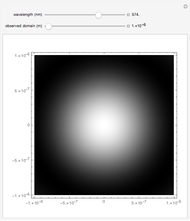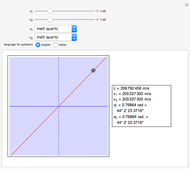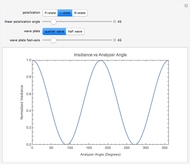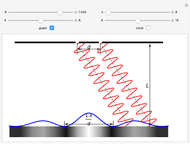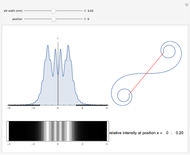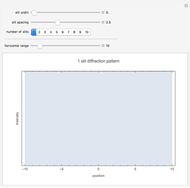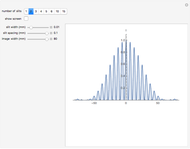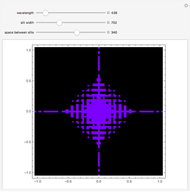Fraunhofer Diffraction at One Slit

Requires a Wolfram Notebook System
Interact on desktop, mobile and cloud with the free Wolfram Player or other Wolfram Language products.
This Demonstration shows the interference pattern produced by light diffracted through a slit. You can adjust the wavelength of the light and the slit width. The resulting phenomenon cannot be explained by geometric optics, according to which the intensity of light behind an obstacle is zero. But, using wave optics, this can be described more realistically, taking into account the diffraction of light waves. This is a classic instance of Fraunhofer diffraction, which is a limiting case of Kirchhoff diffraction theory.
[more]
Contributed by: Gábor Angler (March 2011)
Open content licensed under CC BY-NC-SA
Snapshots
Details
detailSectionParagraphPermanent Citation
"Fraunhofer Diffraction at One Slit"
http://demonstrations.wolfram.com/FraunhoferDiffractionAtOneSlit/
Wolfram Demonstrations Project
Published: March 7 2011








